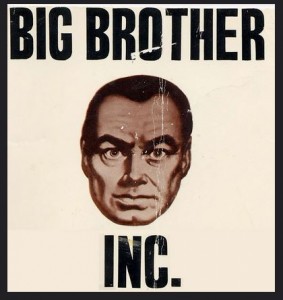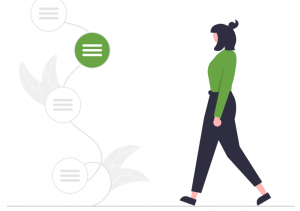Many people join LinkedIn to get a job or to change jobs. They upload their resume or CV proudly boasting about their professional accomplishments in an attempt to appeal to recruiters and hiring managers. Others join, then do little more, presenting an empty page to the world.
Here’s the problem.
As I noted in my previous article, ‘Best Practices for using LinkedIn in 2018‘, the IDC found that 75% of buyers use social media to learn about potential vendors. That means 3 out of 4 prospects when looking for a new product, service or solution for the first time, or changing an existing vendor relationship, are turning to social media platforms like LinkedIn as part of their due diligence process.
With this in mind, take another look at your LinkedIn profile and answer these questions. Does it:
- Educate prospects on your experience of helping other buyers, just like them, achieve their goals?
- Differentiate you from other salespeople?
- Position you as a trusted advisor?
- Motivate prospects to engage with you proactively?
Here are my top five recommendations for transforming your profile from your resume (or blank page) to your professional reputation:
- People buy from people. Not having a photograph on LinkedIn, the world’s largest professional network, is the equivalent of going to a networking event with a bag on your head. Smile in your headshot. In a series of experiments studying judgement from facial appearances, Princeton psychologists Janine Willis and Alexander Todorov found it only takes 100 milliseconds to form an impression of someone from just looking at a photo of their face. Some 80% to 90% of that first impression is based on just two qualities—trustworthiness and competence.
- First impressions count. Particularly with prospects considering your company. Have your marketing department create a corporate-branded banner for your LinkedIn profile to replace the default LinkedIn blue that sits behind your headshot. LinkedIn recommends 1,584 x 396 pixels.
- Differentiate yourself. Update your professional headline from: “Salesperson at Company X” to something more alluring. For example, imagine you work in marketing software: “Helping brands survive and thrive in an increasingly digital world” or something similar. You want to stand out in search results on LinkedIn. Include words that a prospect may search for on LinkedIn.
- Leverage your electronic billboard. The summary section on your LinkedIn profile provides 2,000 characters (don’t feel obliged to use them all) to present yourself to prospects in a human, customer first, educational manner. What should they know about you? Remember—you would not introduce yourself in the third person to a prospect during a meeting. Don’t do it on LinkedIn. Be human. Be humble. Be approachable. Be thoughtful. Four brief paragraphs. The first one outlining the challenges that your prospects face. This demonstrates that you understand their pain. The second one describing your experience (in a non-egotistical way) of helping customers, just like them, achieve their goals. The third paragraph is your why. I’d always recommend simply lifting the about us section from your company website. The final paragraph is a call to action: “Feel free to connect with me here on LinkedIn and let’s arrange a time to chat at your convenience,” or something of this nature. Pointed, relaxed and professional.
- People like media. You can add or link to external documents, photos, videos, and presentations from your LinkedIn profile in multiple locations. The summary section is one of them. Include links to your company website, to customer testimonial videos, or success stories on your corporate website. What do you want prospects to read as they evaluate you and your company against other salespeople and their companies?
Of course, there are many more LinkedIn profile best practices that will attract prospects to your LinkedIn profile and motivate them to connect with you, but these will get you started. Sales is easier when prospects come to you.
In my next article, I will share best practices for salespeople to build a professional network on LinkedIn for referrals at scale.
Digital & Social Articles on Business 2 Community(43)
Report Post



